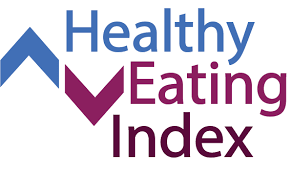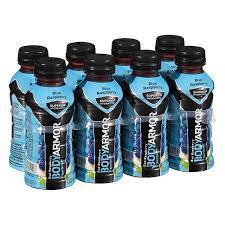NDSR 2022 Program Updates
HEI 2015 Output Files and Reports added to NDSR 2022
In NDSR 2022, new Healthy Eating Index (HEI) output data files are provided that include HEI 2015 total and component scores for dietary recall, food record, and menu record types. One of the files provides the HEI total and component scores at the intake record or menu level, and the other provides scores at the meal level. In addition to including index total and component scores, the files will include the variables on which scores are based (e.g. serving of vegetables in cup equivalents).
The new HEI Reports included in NDSR 2022 are designed for use in providing study participants/patients with information on the nutritional quality of their diet. Menu planners may find the report useful as a quick way of evaluating the extent to which planned menus align with the Dietary Guidelines for Americans. Along with listing total and component scores for both adequacy and moderation components (page 1 of report), the report explains how to maximize your score for each component (page 2 of report). You will be able to generate a report that provides HEI total and component scores for one intake record or menu, and another report can be generated to provide HEI total and component scores across a set of intake records or menus (e.g. across multiple dietary recall records for a participant).
Data collected in NDSR 2013 or a subsequent version of the program may be restored in NDSR 2022 for creation of HEI 2015 reports and output files. However, HEI reports cannot be generated and HEI output files will be missing or have blank values for all HEI 2015 variables.
Note: Two differences exist between the calculations used for NDSR 2022 HEI 2015 Output Files and the Legacy SAS code provided on the NCC website. Please see the Healthy Eating Index web page for the differences in how some contributing dietary constituents are calculated between the two methods.
2022 NCC Food and Nutrient Database Updates
Updates to meat, poultry, fish and mixtures; grain products; fruits; and vegetables categories in FNDDS 2017-2018 were integrated.
The Dietary Supplement Assessment Module (DSAM) database was updated to integrate the NHANES 2017-March 2020 Pre-Pandemic Database (January 2022) and to update NCC maintained brands of fiber, calcium, and multivitamin supplements.
Salad dressings were updated. Over 500 brand name salad dressings are now included in NDSR. New products lines added include Annie’s, Bolthouse Farms, Healthy Choice, Ken’s Steak House, and Store Brand (e.g. Great Value).
Special formulated drink category was updated. A total of 385 brand name drinks are now included in NDSR. As part of the update for this category, we added a number of new product lines, including Body Fortress, Fairlife Core Power, Muscle Milk, Orgain, PediaSure, Premier Protein, Pure Protein, and Quest.
Ultra-filtered milks were added to the milk hierarchy and as a variable ingredient option for foods that may be prepared with milk.
Fast food and commercial entrée updates were carried out. The following fast food restaurants were updated: Arby’s, Burger King, Chipotle, Hardee’s, Little Caesars, Subway, Taco John’s, and White Castle. The following commercial entrée brands were updated: Chef Boyardee, Jenny Craig, Kashi, Michelina’s, Smucker’s Uncrustables, and Stouffer’s.
Other brand name categories updated include General Mills ready-to-eat cereals and Girl Scout cookies.
Foods unique to Jamaican, Haitian, Nigerian, and Somali cooking traditions were added. NCC continued the initiative to add foods unique to Jamaican, Haitian, Nigerian, and Somali cooking traditions. A list is available for the 75 new foods added to NDSR 2022.
Some additional foods added include:
Beet juice
Chokecherry – fresh
Cold cut sandwich on loaf bread
Jute (ewedu, lalo, or saluyot)
Kombucha
Sausage options for mixed dishes with pasta, with rice, and without pasta or rice
Vegetables, mixed and/or combination vegetables, broccoli and cauliflower



